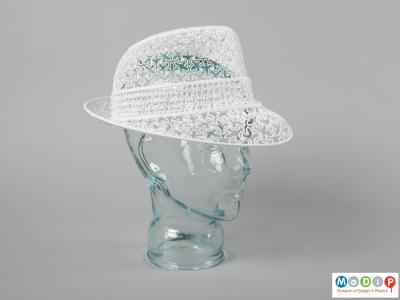Materialise was founded in 1990 by Wilfred Vancraen to enable new uses for 3D printing through software solutions and 3D printing services. Initially they concentrated on the research and development of software solutions, including the medical software 'Mimics' which has been used for research and development by bio medical engineers to create 3D models from 2D image data, and the industrial software solution 'Magics'. In 2000, the company developed and patented 'Mammoth' machines to enable the production of large single pieces of more than two meters in size.
Materialise works with artists, designers, and engineers from all disciplines, to enable them to realise complex objects using 3D printing, a process once used primarily for prototyping. They offer a range of 3D printing processes in a number of materials for industries including medical, automotive, aerospace, architecture, and fashion.
Processes offered include:
Selective laser sintering where tiny particles of material are fused together by heat from a high-power laser to form a solid, three-dimensional object.
Stereolithography where liquid plastic material is converted into 3D objects, layer by layer, using polymerisation, a process by which light causes chains of molecules to link, forming polymers.
Fused deposition modelling, a process in which a model or part is produced by extruding small flattened strings of molten material to form layers. The material hardens immediately after extrusion from the nozzle.
Multi-jet modelling, where a model is layered by a print head with several linearly arranged nozzles producing small droplets of material.
Vacuum casting which begins with the production of a master model with a high quality surface finish, typically using stereolithography or laser sintering, from which a silicone mould is cast partially under vacuum. After curing the silicone mould is cut according to pre-defined parting planes and the master is removed, leaving a cavity to make copies.



